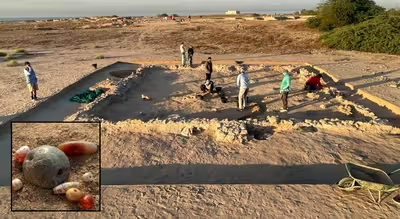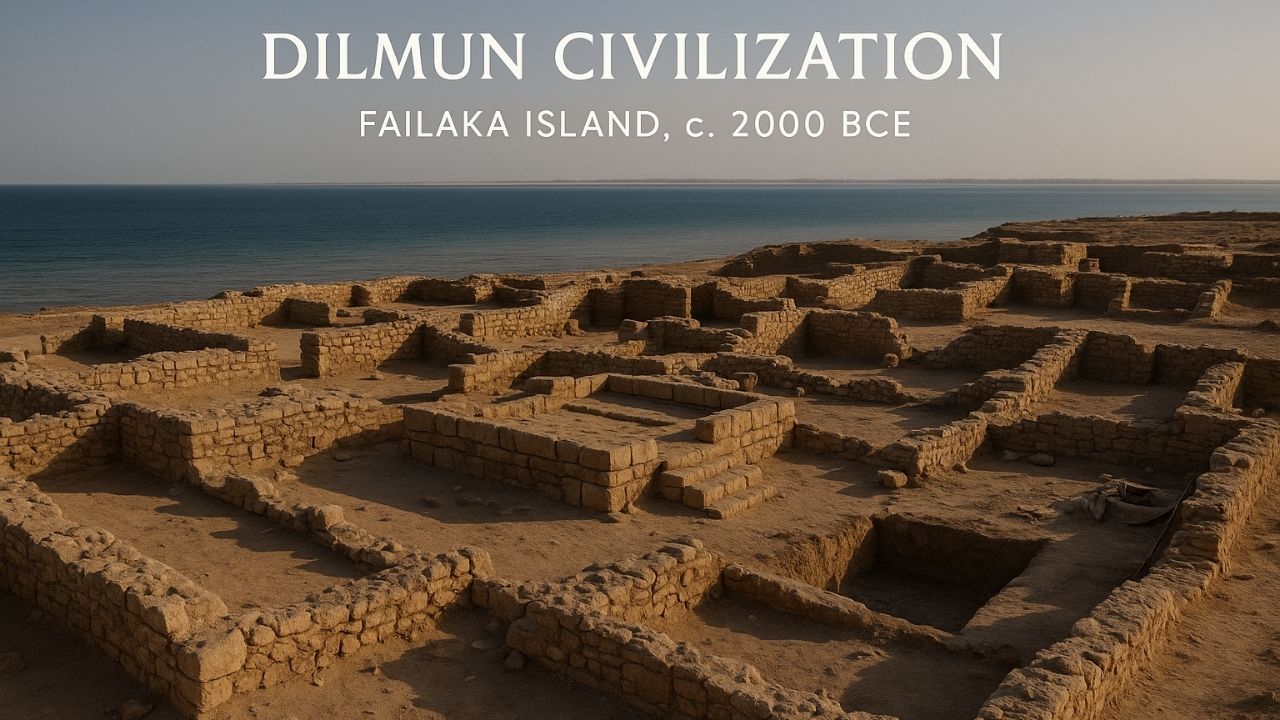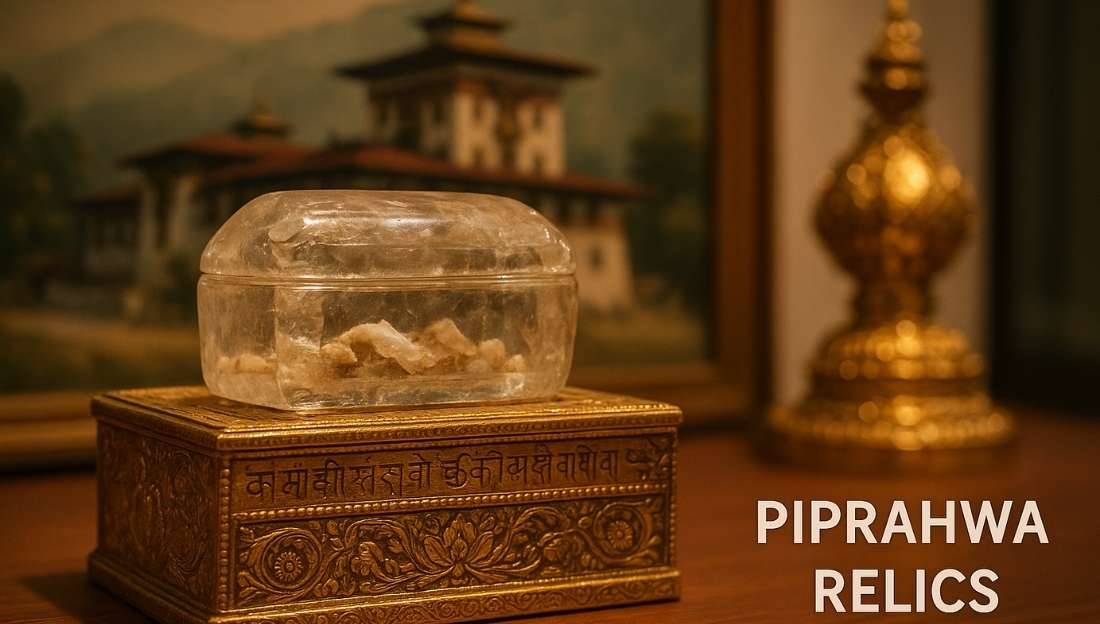A joint Kuwaiti–Danish archaeological team has discovered a 4,000-year-old temple of the Dilmun civilization on Failaka Island, Kuwait, confirming its role as a major religious and trade hub in the Bronze Age.
Location & Spread
- Dilmun was an ancient civilization in the eastern Arabian Peninsula.
- Core regions included Bahrain and Failaka Island (Kuwait).
- Extended influence over parts of Saudi Arabia, Qatar, Oman, and the Iranian Gulf coast.

Historical Timeline & Growth
- Emerged around 3200 BCE as a small trading post.
- By 3000 BCE, it became a key regional power.
- Served as a trade link between Mesopotamia and the Indus Valley Civilization.
- Traded goods like copper, pearls, dates, and pottery.
Economic Importance
- Known as the “Land of Copper”, vital for Bronze Age tools and weapons.
- Supplied copper to Mesopotamian cities, boosting its strategic value.
Recent Discovery
- A 4,000-year-old temple was unearthed on Failaka Island in 2025.
- It is the second temple found at the same site, indicating layered religious structures.
- Artifacts like seals, pottery, and beads reveal Dilmun’s cultural and commercial depth.
Decline & Legacy
- After 1600 BCE, Dilmun’s influence waned.
- Eventually absorbed into Mesopotamian and Persian empires.
- Archaeological remains include burial mounds, settlements, and stamp seals.
Conclusion:
The Dilmun temple find enriches our understanding of ancient Gulf civilizations and their role in early global trade networks.
This topic is available in detail on our main website.





